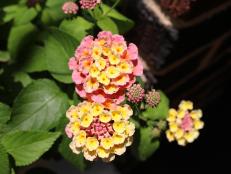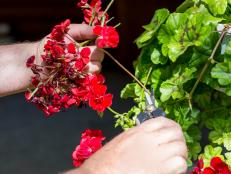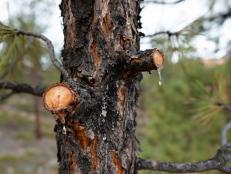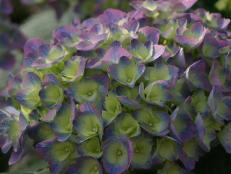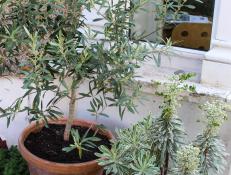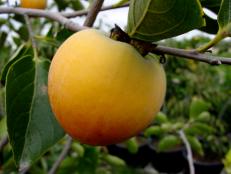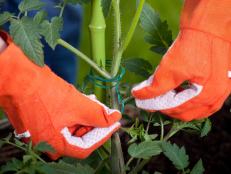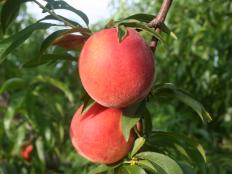All About Maples

The genus Acer has about 150 species and at least 10 times that many cultivars. Along with their varying habits, fall leaf color and barks, maples are versatile in the landscape. Many are small- to medium-sized trees that fit perfectly in the average garden.

But trying to identify a maple by its leaves might leave you a bit surprised. Most people think of maple leaves as looking like that on the Canadian flag, when in fact there are many that look like anything but, says Randall Hitchin, plant collections manager from the Washington Park Arboretum in Seattle. The leaves of Acer japonicum and butterfly maple are a departure from the "typical" maple leaf. And even some that have the familiar leaf shape have other interesting attributes.

"Although the leaf of vine maple (Acer circinatum) looks very much like the one on the Canadian flag, it breaks the rules in its form," says Hitchin. "It's really more of a shrub as opposed to a tree. It gets 10 to 15 feet high and has many stems that emerge from the ground, so it's a really useful landscape form."

Maples range in their forms and growth habits. For example, Acer oblongum is an evergreen that looks more like a ficus or a laurel. Trident maple (Acer buergerianum), with leaves that resemble a duck foot, is a tough, adaptable city tree. In the spring, Acer davidii develops a canopy that resembles a flowing green waterfall.

Maples are known for their spectacular fall color. Acer rubrum has brilliant red foliage in autumn, but it also lives up to its name in late winter to spring. It produces burgundy red flowers in late winter to early spring when you're not expecting anything of interest.

Maples aren't just foliage plants. Acer griseum, also called paperbark maple, has copper red bark that peels back like parchment. It maintains this unique bark year-round. Years ago, homeowners could only dream of planting a paperbark maple in the yard. "It really was a collector's tree, very rare. Now it's very choice and is something that's within the grasp of the average gardener," says Hitchin.

The bark of Acer tegmentosum, or striped bark maple, is also quite interesting. Striped bark maple prefers filtered sun because it's susceptible to sunscald.

While adult maples don't require heavy maintenance, structural pruning of a young tree can make all the difference in developing a strong scaffolding, or branching formation. The two best times of the year to prune are when the plant is dormant. The first, and best, time occurs in late winter just before the sap begins to rise. When the buds have begun to expand, it's too late. The second best time is during late summer when the terminal buds have hardened off and the tree has stopped growing for the season.
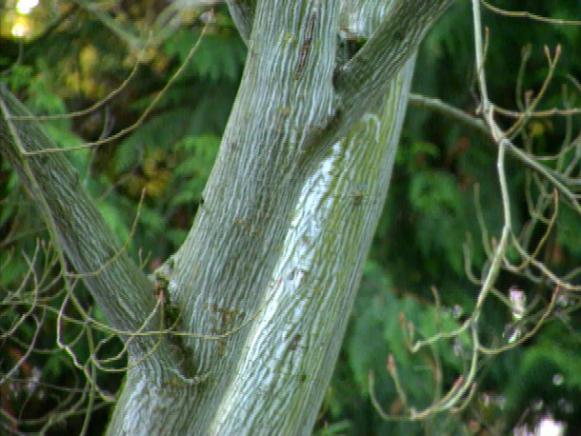
Prune out lateral branches that are competing with the central stem. Using sharp pruners, make a clean cut just outside the branch collar, or where the shoot meets the tree. This is called a thinning cut. Heading cuts, on the other hand, remove big branches taking up too much energy from the tree's central leader. The goal is to slow the growth of the lateral branches.

.-Battle-on-the-Beach-courtesy-of-HGTV.-.jpg.rend.hgtvcom.196.196.suffix/1714761529029.jpeg)




